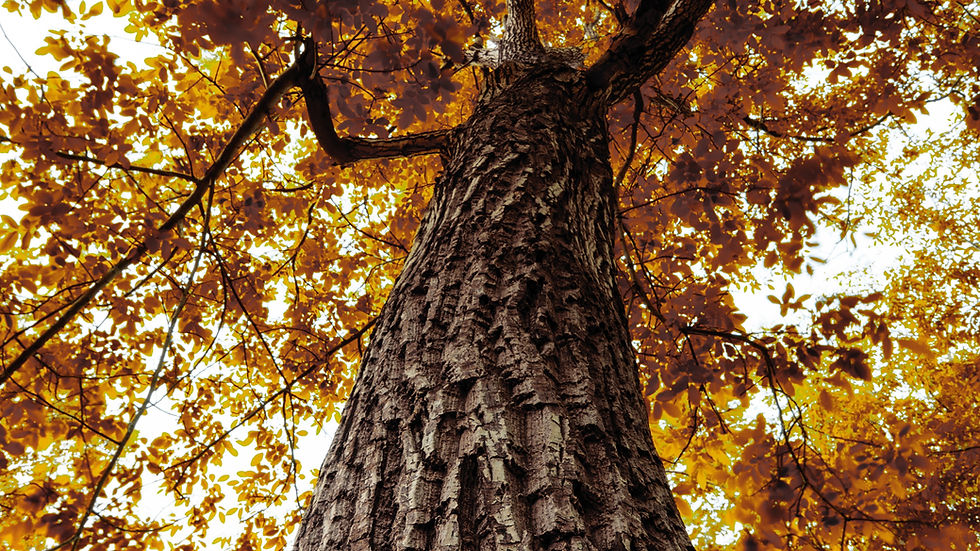The Top 5 Trees Most Likely to Fail in a Storm—And What You Can Do About It
- Michael Shults
- Jun 10, 2025
- 2 min read
Updated: Aug 6, 2025
"The Hidden Dangers of Trees: How to Protect Your Home from Falling Foliage"
🌀 Introduction:
Some trees stand tall through wind, lightning, and hail. Others snap like matchsticks. The truth is, not all trees are built to weather the storm. If the wrong species is planted too close to your home—or not properly maintained—you could face serious damage when the next big system rolls through. Here’s a hard truth from the field: Most tree failures were preventable.
🌳 1. Bradford Pear – The Most Dangerous Tree in Suburbia
Fast-growing and weak-wooded.
Prone to splitting at the trunk due to narrow branch angles.
Why it fails: One gust of wind and it shatters like glass.
What to do: Remove and replace. It’s a ticking time bomb.
🌳 2. Silver Maple – Big Shade, Bigger Problems
Huge canopy with shallow roots.
Often planted too close to houses in the ‘60s–‘80s.
Why it fails: Weak branches, decay-prone limbs, and heavy weight.
What to do: Regular crown thinning or removal if roots are lifting sidewalks or foundations.
🌳 3. Hackberry – The Silent Crasher
Looks solid until you get up close.
Why it fails: Heart rot, fungal infections, and trunk splitting.
What to do: Have it inspected yearly. Remove if rot is visible or cavity is deep.
🌳 4. Willow Trees – The Water-Hungry Widowmaker
Loves water, grows fast, and breaks easily.
Why it fails: Extremely brittle wood. Falls in chunks.
What to do: Prune aggressively, or remove if growing near a structure or septic.
🌳 5. Boxelder – The Neglected Cousin of the Maple
Often sprouts in fence lines and behind garages.
Why it fails: Multi-trunked and brittle. High failure rate in storms.
What to do: Cut it down before it becomes a problem.
🛠️ Bonus Section: Signs a Tree is Likely to Fail
Mushrooms or fungus near the base
Cracks in the trunk
Dead limbs up high
Leaning more than 15 degrees
Bark falling off
Soil heaving near roots
Remember: Trees fail before the storm—most people just don’t notice until it’s too late.
🔧 What You Can Do:
Have an ISA Certified Arborist inspect your trees annually.
Avoid planting fast-growing species near structures.
Thin crowns and remove deadwood regularly.
Don’t wait for limbs to fall. Call when you see a problem, not when you hear it hit the roof.
🌲 Understanding Tree Risks
Trees provide beauty and shade, but they can also pose risks. Understanding these risks is crucial for homeowners. Regular inspections can help identify potential issues before they become serious problems.
🌳 The Importance of Tree Maintenance
Maintaining your trees is not just about aesthetics. It’s about safety. Regular pruning and care can prevent many of the issues discussed above. A well-maintained tree is less likely to fail during storms.
🚨 Final Thought:
A falling tree doesn’t care about your siding, your car, or your kid’s bedroom window. It just falls. It’s your responsibility to keep your property safe.
Let us help.
📞 CTA: Worried about one of your trees? Contact Shults Tree Service today for a full tree risk assessment before the next storm hits.
👉 Call us now or schedule your inspection online at www.shultstreeservice.com







Comments